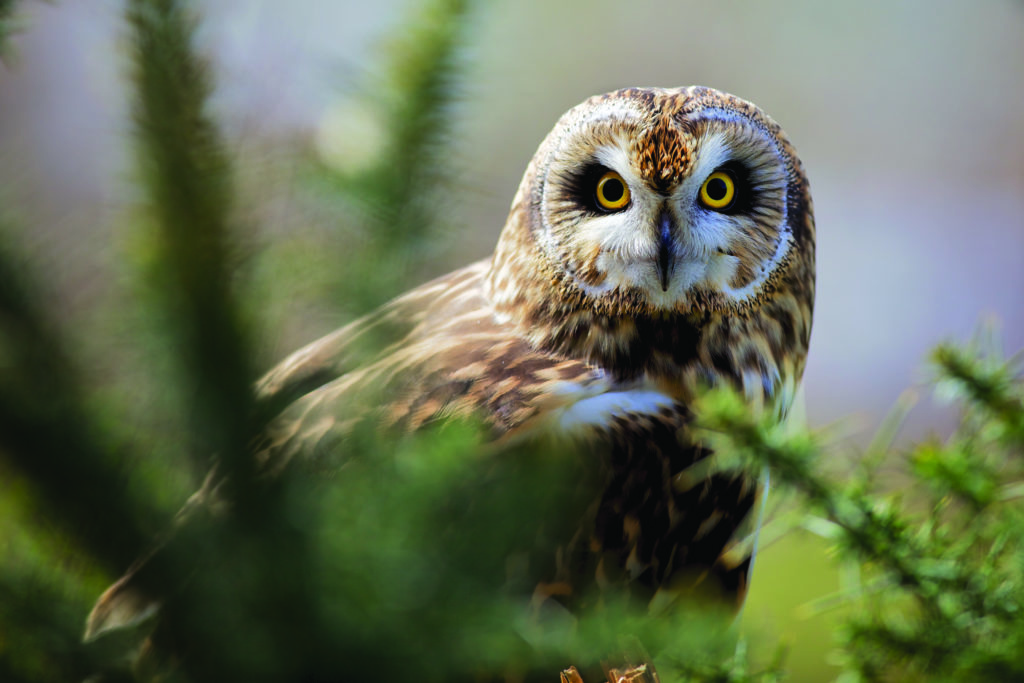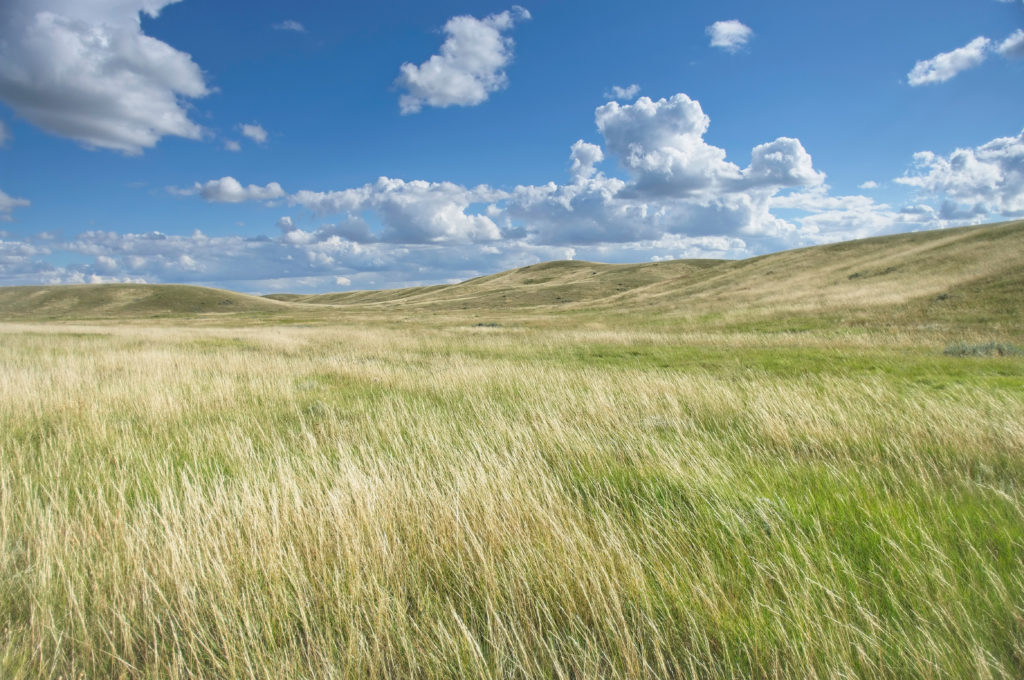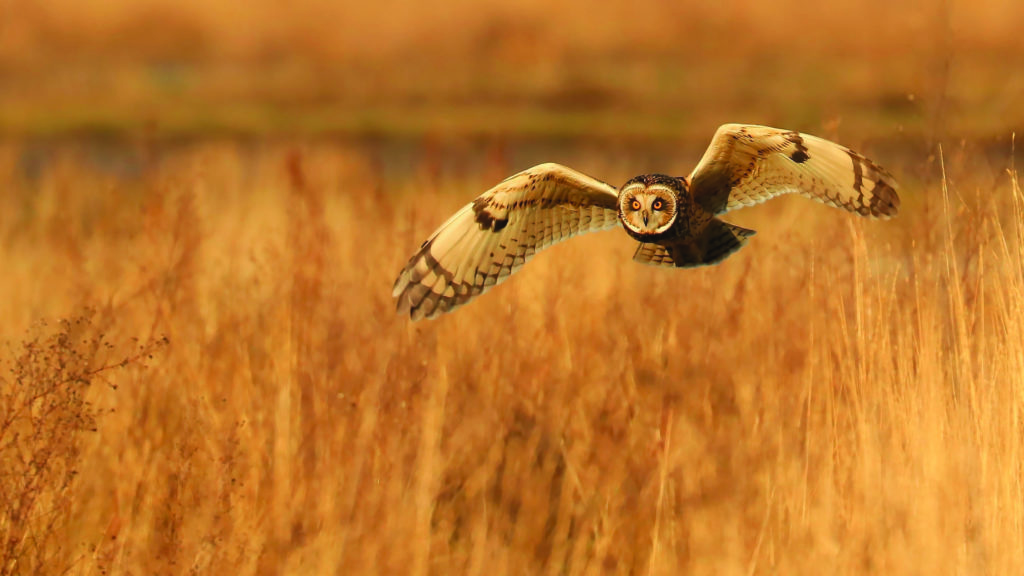The short-eared owl is at risk of extinction. You can help
The short-eared owl is at risk of extinction. Please give today to help WWF-Canada restore one million hectares of crucial habitats upon which the short-eared owl and so many species depend.
When short-eared owls take flight at dawn or dusk to hunt, their tell-tale wingbeat is unmistakable as they skim across grasslands and marshes in search of prey. But they are rather difficult to spot when perched, thanks to the camouflage of their ruddy brown feathers.
I haven’t yet had the opportunity to catch a glimpse of this majestic species in the wild myself — and, sadly, may never.

This year, the short-eared owl was re-assessed as “Threatened” by the Committee on the Status of Endangered Wildlife in Canada (COSEWIC). That means their population numbers have steeply declined to the point where they are at risk of extinction. There are only around 31,000 short-eared owls left in Canada, about 10 per cent of historical estimates.
Even though the short-eared owl is found across the country and able to thrive in many different habitats — from tundra and grasslands to coastal marshes and open woodlands — the species is still struggling to survive. That’s just how widespread and devastating habitat loss is in Canada.
In fact, habitat loss is one of the biggest threats to all wildlife across Canada.
It’s a troubling reality that far too many species are currently in peril. WWF-Canada’s Living Planet Report Canada 2020 revealed that populations of Canadian at-risk species have declined by a shocking 59 per cent, on average, since 1970.

Let’s restore habitats for short-eared owls before it’s too late
If habitat loss continues unchecked, it threatens the existence of at-risk species like the short-eared owl that need spaces to hunt, nest and raise their young.
That’s why WWF-Canada has developed an ambitious 10-year plan to reverse habitat destruction and restore at least one million hectares of the lost ecosystems upon which the short-eared owl and so many other species depend. Importantly, these restored habitats will also absorb carbon from the atmosphere, helping to fight climate change.
Restoration work is most often measured in meters, not hectares, targeting small areas of critical habitat like a riverbank or a wetland. Restoring these areas requires significant effort, time and resources — and it can take years, decades or even centuries for habitats to fully recover. When done properly, restoring one million hectares is a monumental task that will drastically improve ecosystems where at-risk species live.

Reversing the damage and destruction wildlife and habitats have endured is not something we can accomplish overnight. But it is possible with you by our side.
It is my hope that all of us will one day be wowed by a short-eared owl in flight. There’s no time to lose. Only together can we restore one million hectares of crucial habitat and prevent species like the short-eared owl from being lost forever.


